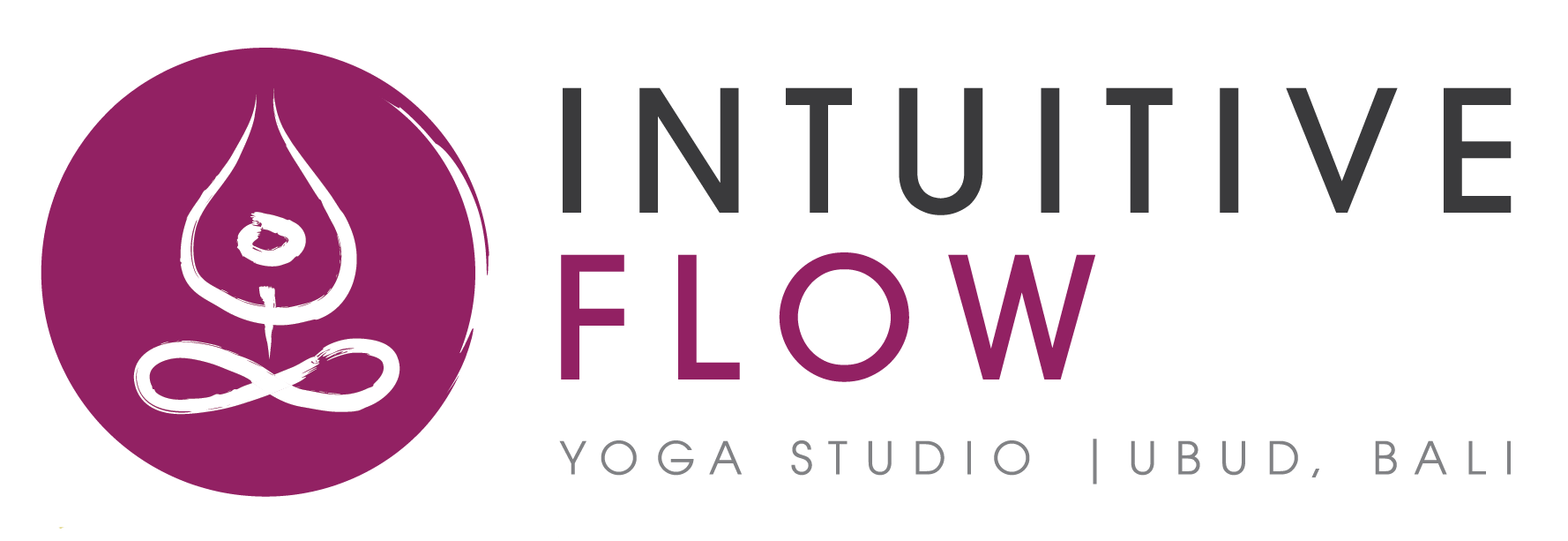16 Dec How yoga releases deep-seated emotions?
New students to yoga are often surprised or even alarmed when strong emotions arise either during, or after, a yoga class. However, as we become more experienced we start to understand that this is the gift that yoga offers us.
Yoga is often presented as a “work out,” and as such, students are often unprepared to face these strong feelings that may surface, and are actually unaware that these emotions might be unleashed. This can occur because when we breathe deeply, we go much deeper into the recesses of our subconscious.
Naturally, we do not welcome these strong sensations and perhaps we would prefer, given the choice, to suppress them. Nevertheless, when emotions arise in the midst of a yoga class or during meditation, it truly is a blessing. It is usually a sign that we are doing the right thing and is also indicative of a break-through. These releases may be non-specific, or you may become aware of their significance at a much later date.
It’s human nature to try and avoid unpleasant emotions, and this is something, which we all try to do at certain stages within our lives. Nonetheless, there is one thing that puzzles me about the human psyche. When we eat something which is toxic to our body, then naturally, we do everything possible to evacuate the poison, but when it comes to our emotions many of us have the ability to become “hoarders,” preferring instead to cling onto the past for fear of the future, thereby holding onto negative emotions.
This reminds me a story by Eckart Tolle: “When two ducks get into a fight, it never lasts long – they soon separate and fly off in opposite directions. Each duck then flaps its wings vigorously several times. This releases the surplus energy that built up in him during the fight. After they flap their wings, they fly on peacefully as if nothing had ever happened.”
Yoga teaches us to release the energy that no longer serves us well, but, the problem is that many of us have been taught from an early age to cling onto these emotions, while we should have been taught to let them go. Think of a child which might have been let down by one of their parents. It would be far better to let those negative emotions go, than holding onto them which could affect the rest of their lives. But it’s all too easy for the other parent to reinforce those negativities by keep reminding them that “Mommy/Daddy let you down when they…” Far preferable instead to say, “Today is a new day. Forget about yesterday.”
In the “manomaya kosha” emotional/mind body, the subconscious mind and the body remember all our experiences, good or bad. These memories, particularly the painful ones, linger on in different locations within our body. Long after the conscious mind has forgotten the experience, the body still remembers.
When we practice yoga we allow the “prana” to flow to those areas where it was previously stuck. Through the breath, movement, stretching and relaxation, the energy is released from the organs, muscles and fascia. The practice of asana unblocks the energy currents and therefore the emotions become unleashed.
When we practice yoga as a work-in, our shield “melts”, giving way to a softer, more vulnerable part of ourselves. We surrender, we let go, we dive deeply to a very gentle, exposed, and deep personal place and our sensitivity becomes amplified.
Eventually, we will be able to let go of the emotions as soon as they occur. In yoga we dive deep within our inner space, learning how to expand and enlarge our areas of perception and awareness. This means that we can observe and recognize the behavior of our mind and the source of all our emotions by being the drasta, the seer, or observer of the whole spectrum of our human experience. Consequently, we gain a far better understanding of ourselves and gain the ability to establish ourselves as our own inner guru or life coach.

